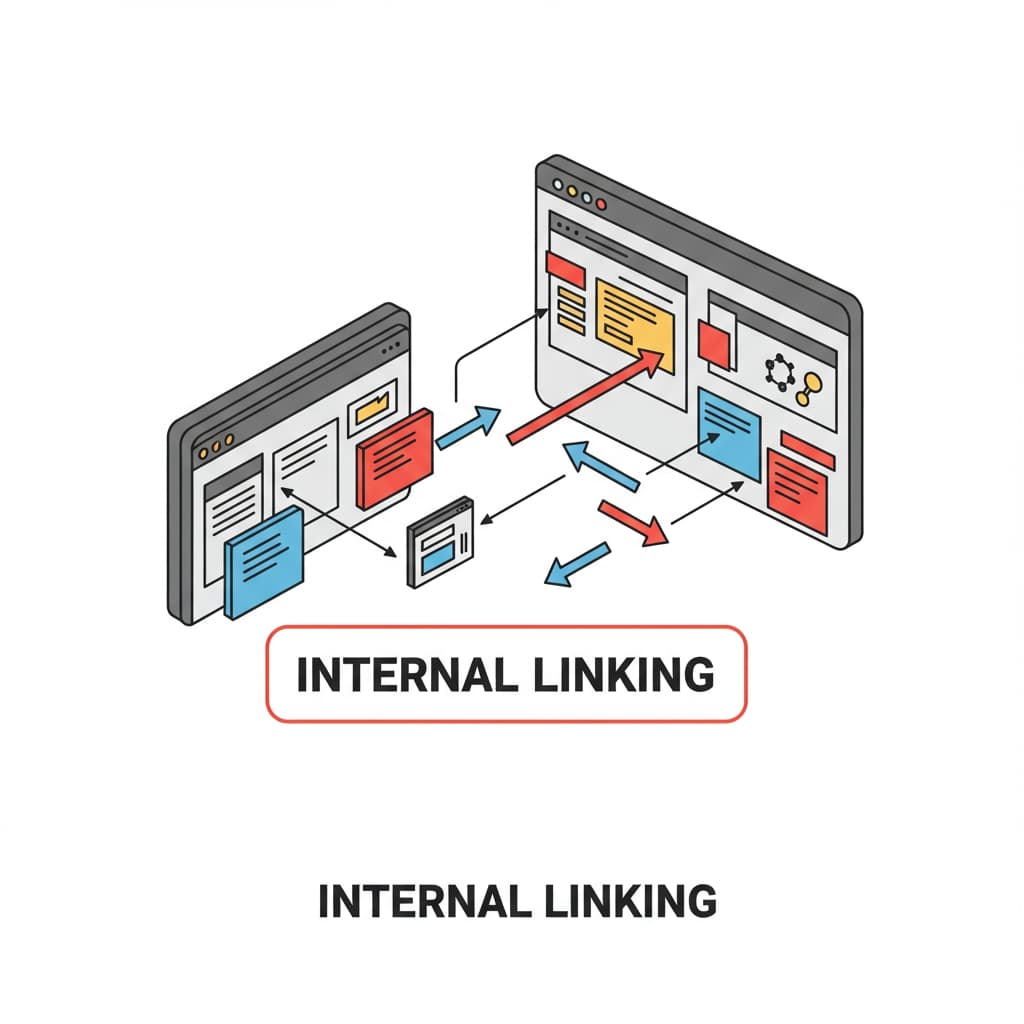
Understanding the Evolving Landscape of Link Building

In today’s competitive SEO environment, traditional link-building tactics simply aren’t enough. Search engines have grown savvy, valuing quality over quantity and context over shortcuts. To stay ahead, marketers must embrace advanced, ethical strategies that prioritize long-term ROI, brand authority, and user value. In this comprehensive guide, we explore ten high-impact link-building tactics—backed by data and real-world case studies—that will propel your site to the top of search results.
1. Leverage Data-Driven Content Creation
Data is the backbone of modern link building. By analyzing competitor backlink profiles, industry trends, and audience behavior, you can create content that fills gaps and attracts authoritative links. Use tools like Ahrefs, SEMrush, or Moz to identify your competitors’ top-linked pages. Then craft unique assets—such as original research reports, interactive tools, or comprehensive guides—that outshine existing resources.
Case Study: A SaaS company analyzed top-performing industry reports and produced a yearly benchmark study. They pitched it to relevant blogs and news sites, earning 150+ high-authority backlinks in three months.
2. Strategic Digital PR for Authoritative Mentions
Digital PR combines public relations principles with SEO objectives to secure coverage in major publications. The focus is on telling compelling stories—data reveals that journalists link to newsworthy, well-sourced content. Identify news hooks related to your niche: new industry data, expert surveys, or thought-leadership commentary on breaking trends.
- Develop press releases optimized for SEO, embedding links naturally.
- Pitch exclusive data insights to journalists on HARO or ProfNet.
- Foster long-term relationships with industry editors to become a go-to source.
3. Advanced Broken Link Reclamation
Broken link building remains highly effective when executed thoughtfully. Instead of generic outreach, focus on niche-relevant resources. Use tools to scan authoritative sites in your industry for 404 errors. Then propose your updated, superior content as a replacement.
Tip: Include screenshots of the broken link and a brief tutorial on how your content adds fresh value. Personalization increases response rates by over 60%.
4. Resource Page and Skyscraper Synergy
Resource pages list valuable links by topic. First, identify high-authority resource pages in your niche. Next, employ the skyscraper technique: find top-ranking resources, create more comprehensive or updated versions, and pitch them to page curators.
- Audit the top 10 pages for your target keyword.
- Produce an in-depth, multimedia guide that addresses unanswered questions.
- Reach out with a personalized email, highlighting how your resource benefits their audience.
5. Niche Edits and Contextual Placements
Niche edits involve adding your link to existing, relevant content. This tactic yields quick results when done ethically. Identify high-traffic posts that mention topics related to your content. Then suggest a contextual insertion or update, backed by new data or insights.
Best Practices:
- Ensure the host page has genuine authority (Domain Rating > 40).
- Offer to improve the post with updated statistics or visuals.
- Be transparent about the value you add—don’t push for unrelated links.
6. Influencer Outreach with Relationship Building
Influencers in your niche can amplify reach and lend credibility. Instead of one-off requests, build genuine relationships through social engagement, co-created content, and reciprocal promotion. Offer exclusive insights, quote them in data-driven posts, or invite them to webinars.
Outcome: When influencers reference your site, their audiences and existing networks become potential backlinks. This organic approach yields higher trust and engagement metrics.
7. Optimizing Guest Posting for Maximum Impact
Guest posting remains a staple, but relevance and quality are paramount. Target authoritative industry sites with engaged readerships. Before pitching, research their most popular topics and tailor your outline accordingly. Your post should deliver unique perspectives, not rehashed advice.
Checklist:
- Identify sites with a domain authority of> 50 and real organic traffic.
- Pitch 3–5 topic ideas supported by credible data or case studies.
- Include one contextual backlink to a cornerstone asset on your site.
8. Internal Linking for Enhanced Crawlability

Strong internal linking improves page authority distribution and user navigation. Audit your site to uncover orphan pages or deep content that doesn’t receive enough link equity. Create a logical silo structure and use descriptive anchor text to guide both users and search bots.
Action Steps:
- Map core topics and subtopics into pillar and cluster pages.
- Add 2–3 internal links per new post, pointing to relevant pillars.
- Use tools like Screaming Frog or Sitebulb for ongoing audits.
9. Leveraging Tools and Automation Wisely
Automation can streamline outreach, reporting, and monitoring. However, overreliance on mass emailing tools can harm your sender reputation. Balance efficiency with personalization. Use templates that pull in dynamic metrics (e.g., “Our recent study of 5,000 marketers found…”).
Recommended Stack:
- Hunter.io or Voila Norbert for finding email addresses.
- BuzzStream or Pitchbox for personalized outreach workflows.
- Google Data Studio for real-time backlink reporting dashboards.
10. Measuring Success and Adaptive Strategies
Robust measurement separates fleeting wins from sustainable growth. Track metrics beyond total backlinks—monitor referring domains, referral traffic quality, and conversion rates. Use UTM parameters on outreach links to gauge ROI. If a tactic underperforms, pivot swiftly by analyzing open rates, response feedback, and on-page engagement data.
Future Trends in Link Building
As search engines evolve, expect increased emphasis on user experience, semantic relevance, and E-A-T (Expertise, Authoritativeness, Trustworthiness). Emerging tactics include:
• AI-powered content personalization for link bait
• Podcast guesting to secure show notes backlinks
• Collaboration on interactive webinars with link attribution widgets
Conclusion
Mastering link building in 2025 and beyond means embracing data-driven creativity, ethical outreach, and continuous optimization. By combining strategic digital PR, advanced reclamation methods, and relationship-driven tactics, you’ll earn high-quality backlinks that bolster rankings and brand authority. Start implementing these ten innovative strategies today to secure sustainable SEO growth tomorrow.
To maximize ROI and target high-authority domains, many SEO professionals rely on Data-Driven Link Building, using analytics and competitor insights to guide their strategy.









Leave a Reply